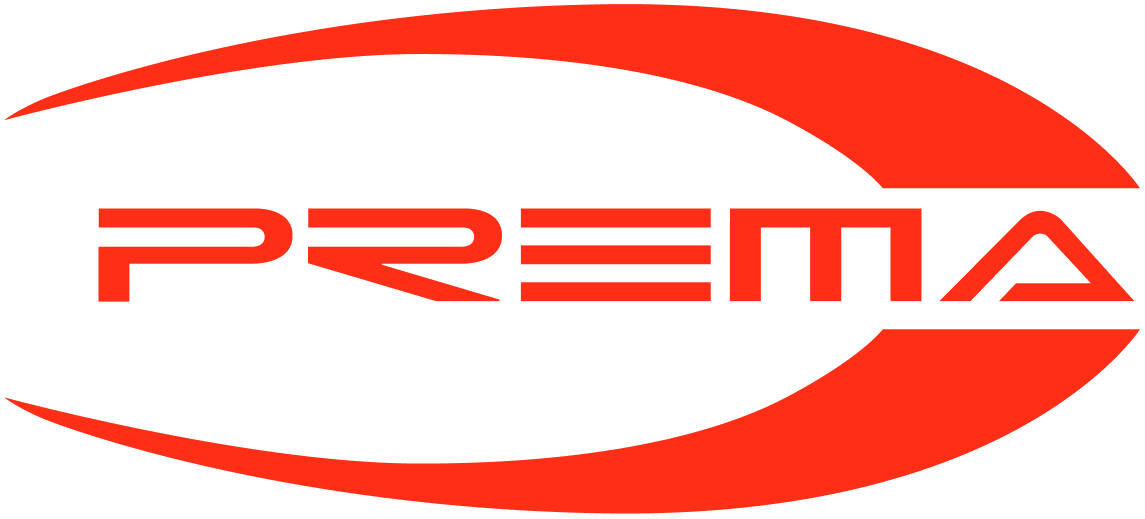Condensate within a compressor can cause corrosion which results in leaks and/or damage pneumatically powered devices attachments and any processes within the entire air distribution system.
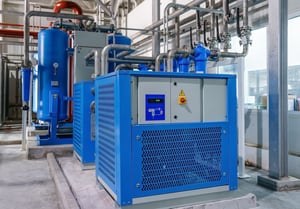 What’s more, water or lubricant carryover within the system can contaminate products, processes and result in poor air quality being delivered to critical applications. As such, every air compressor requires a dryer to keep the air supply free of moisture and, to ensure you get the longest operational life out of your equipment with minimal unplanned maintenance throughout the entire air system.
What’s more, water or lubricant carryover within the system can contaminate products, processes and result in poor air quality being delivered to critical applications. As such, every air compressor requires a dryer to keep the air supply free of moisture and, to ensure you get the longest operational life out of your equipment with minimal unplanned maintenance throughout the entire air system.
When it comes to choosing a dryer, air compressor operators are often left scratching their heads over what kind of device to choose — an adsorption or a refrigerated dryer. Read on to learn the key differences between adsorption and refrigerated dryers so that you can make the most informed decision for your air compressor needs.
How They Work:
In an adsorption dryer, also referred to as a desiccant dryer, most air flows over a bed of hygroscopic material—such as silica gel, molecular sieves, or activated alumina—which absorbs the water vapor from the air. As this process continues, the hygroscopic, or desiccant, material becomes increasingly saturated with the extracted moisture.
Some desiccant dryers are of a single vessel, non-regenerative design where you must replace the desiccant on a frequent basis. For purpose of this article, will address industrial type regenerative adsorption drying systems.
As such, adsorption dryers typically incorporate two drying vessels, one of which dries the incoming compressed air while the other is undergoing regeneration in order to regain its ability to dry the air after it has reached maximum saturation capacity. The dryer may facilitate desiccant regeneration with the help of timers or dew point monitoring devices.
Using an adsorption dryer requires that appropriate water separation and drainage protocols are in place prior to the compressed air entering the dryer. If using a traditional oil-lubricated compressor, it is critical to ensure a clean, functional high-efficiency oil separating filter (0.01 micron) with a reliable automatic drainage device is installed upstream of the dryer. In addition, a particle filter (1.0 micron) is recommended for use after the air dryer to prevent the fine abrasive particulate dust from migrating downstream of the dryer.
Types:
Advantages:
Disadvantages:
How They Work:
Refrigerated dryers remove moisture from the compressed air in an energy efficient process with fairly low pressure differentials. The refrigerated air dryer is comprised of an air drying circuit and a refrigeration circuit.
Air drying circuit. In an air-to-air heat exchanger, incoming hot compressed air is cooled by exiting cold dry compressed air where water vapor begins to condense. Then, the pre-cooled incoming air enters an air-to-refrigerant heat exchanger in which the air is cooled to around 38°F with cold liquid refrigerant. During this step, remaining moisture condenses into liquid and is drained from the circuit. Finally, this process has gone full circle as the cold dry compressed air enters the air-to-air heat exchanger where it is warmed by the incoming hot air to around room temperature to mitigate condensate on the downstream air piping network.
Refrigeration circuit. A refrigeration compressor pumps highly pressurized, hot gas refrigerant into a condenser (radiator) that transfers heat from the refrigerant to the ambient air which condenses the high pressure gas into a high pressure liquid. Then, the high pressure liquid refrigerant flows through an air-to-refrigerant heat exchanger where the refrigerant-side, absorbs the heat from the air-side and, converts into a low pressure refrigerant then into a low pressure gas as the air-side is chilled. Finally, the now low-pressure, warm refrigerant gas is drawn back into the refrigeration compressor so that the cycle can begin again.
Types:
Advantages:
Disadvantages:
Ultimately, choosing the best air dryer for a compressed air system requires a series of careful considerations. Operators should ask themselves questions such as:
With a variety of adsorption and refrigerated models to choose from, Mattei air dryers are compatible many air compressor models and are ideal for applications any industry — from manufacturing and agriculture to food and beverage or pharmaceutical. Regardless of the specifications of your applications, a Mattei air dryer can provide unmatched reliability, efficiency, durability, and cost-effectiveness.

Mattei offers a wide range of vane compressor models that perfectly meet the specific needs of the transport industry.
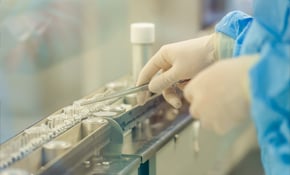
The reliability of Mattei compressors, the high quality standards of the delivered compressed air and the compliance with the industry regulations, make them ideal to be used in the healthcare and pharmaceutical industry.

Reduced operating costs, environmental sustainability and extreme purity of the air supplied make Mattei compressors suitable for all processes in the food industry.
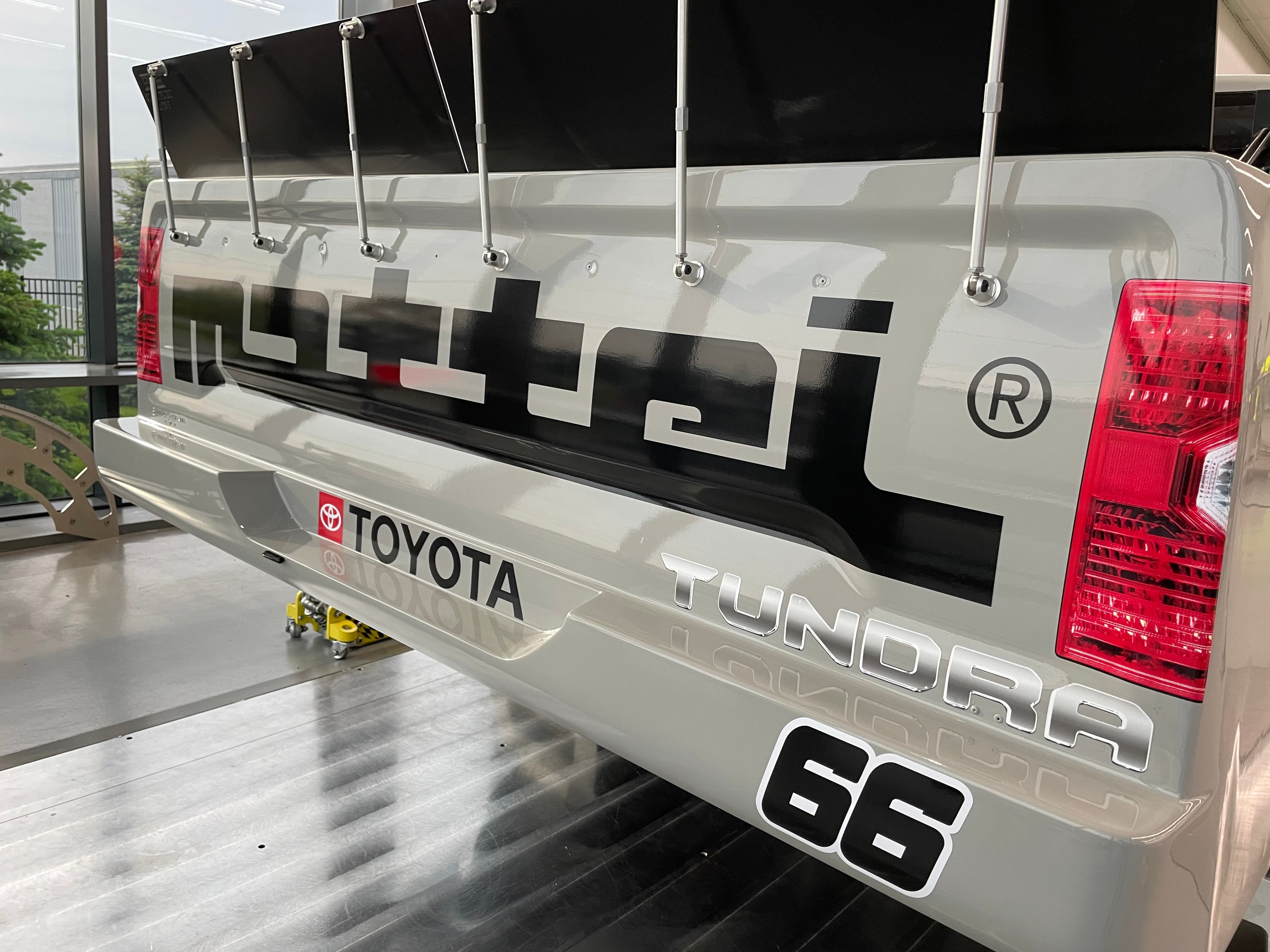
Good luck ThorSport Racing. Waiting to watch the racing!
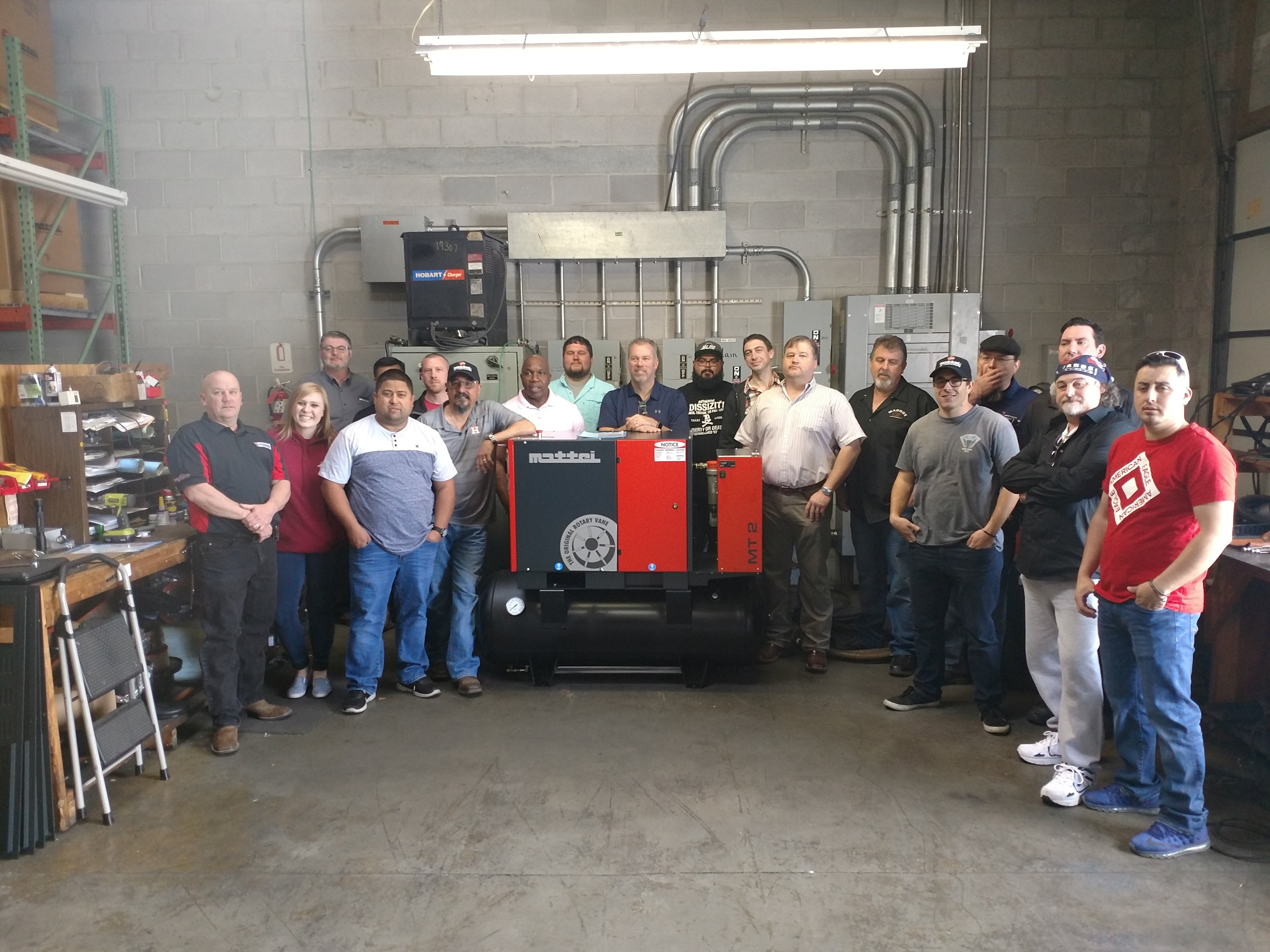
We recently held our Spring 2018 Service School for distributors. The school graduated 17 participants from both the sales and service sides.

Today, Mattei Compressors, Inc., announced the recipients of its 2017 Distributor Awards. These distributors went above and beyond to provide high-quality service to Mattei customers over the past year.
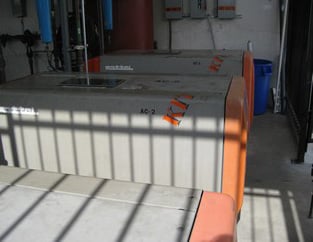
Helix Medical, LLC is widely regarded as a premier supplier of biocompatible silicone medical devices and components to the medical device, pharmaceutical and biotech industries.
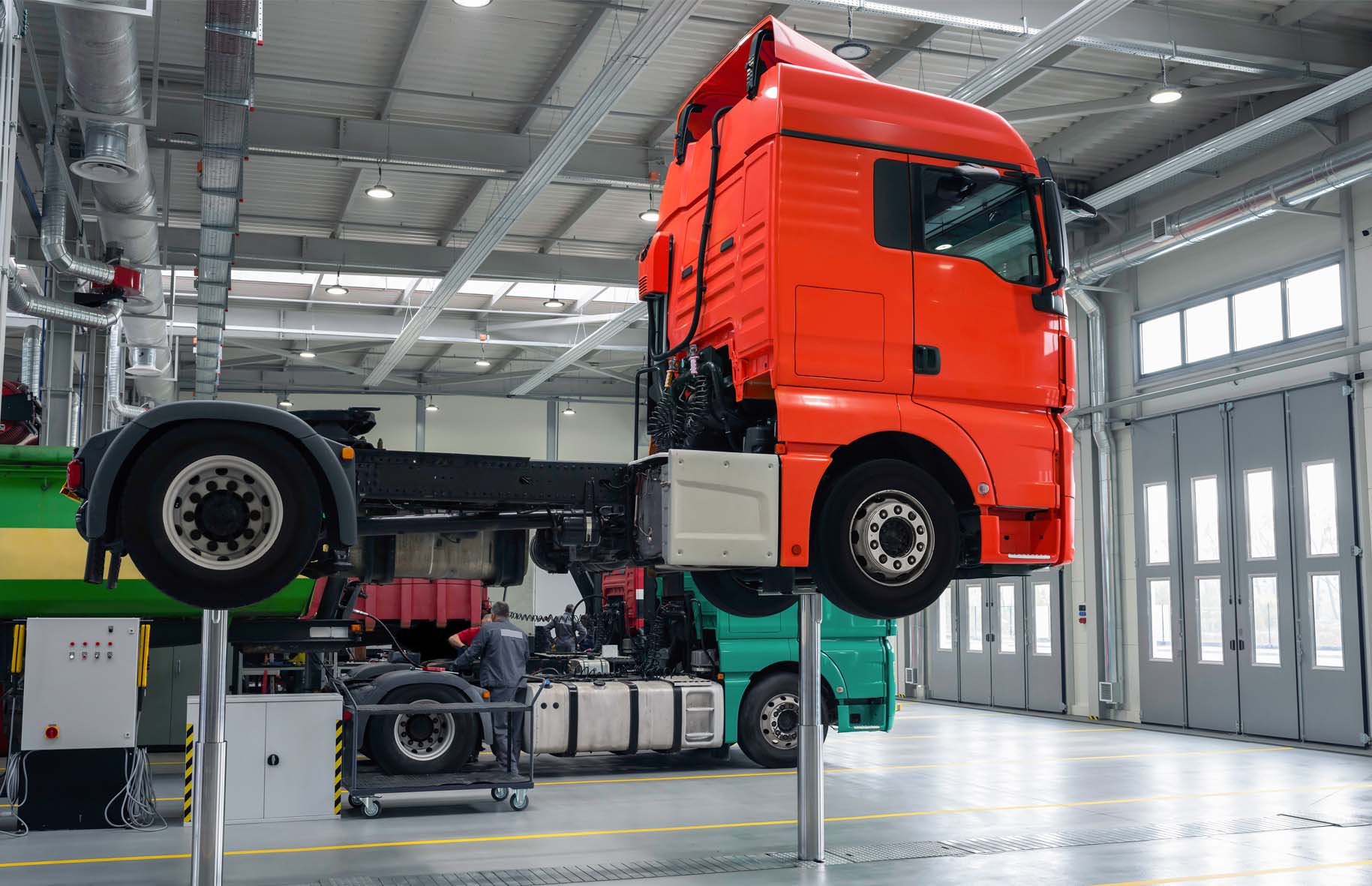
John Baker Sales, a Mattei distributor located in Colorado, worked very closely with Transwest to ascertain the company’s needs prior to making a product recommendation.

